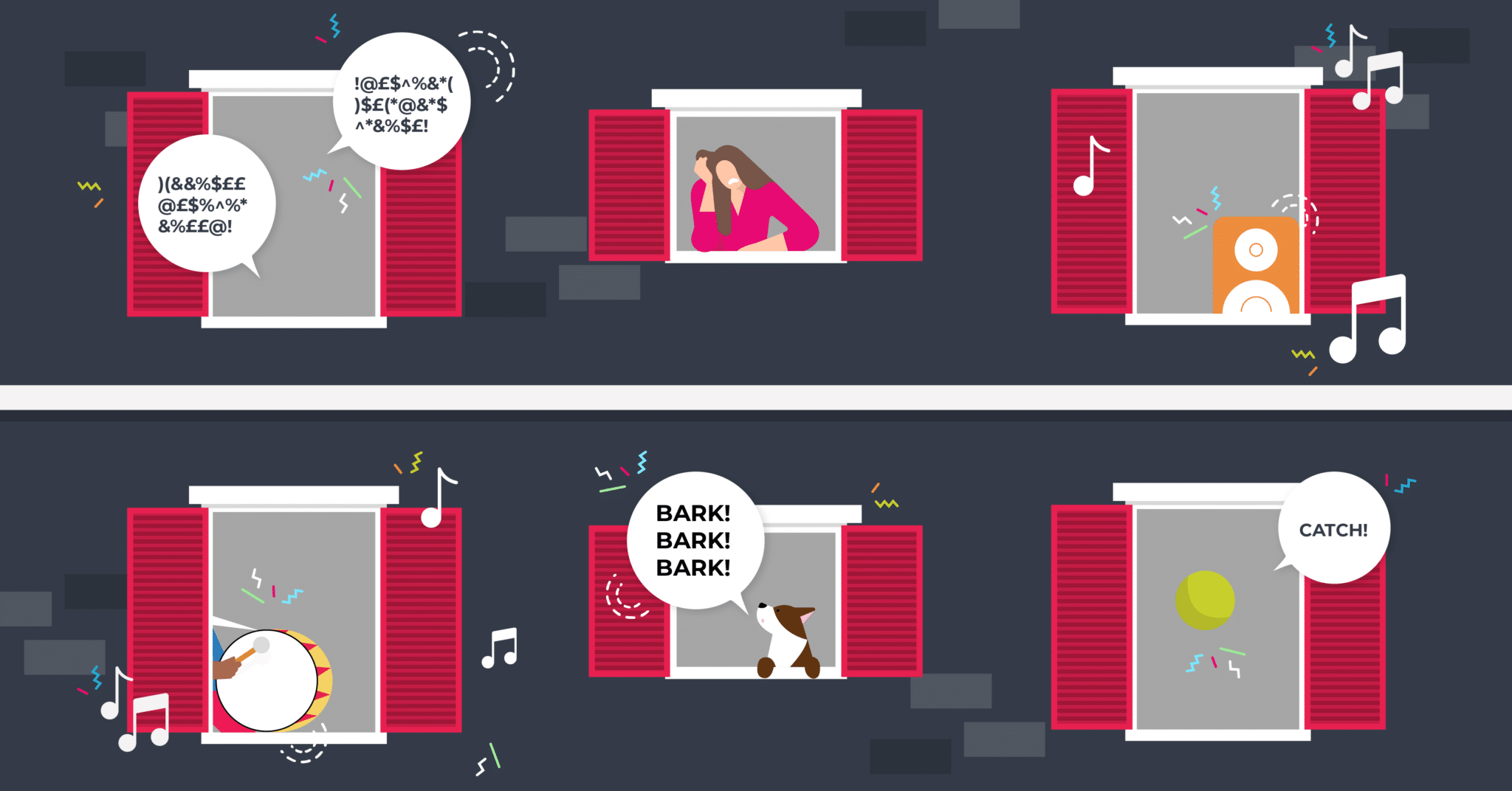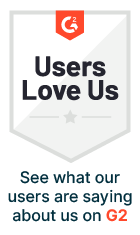
Updated on by Hayley Brown
The multitenancy capabilities of a cloud service, embedded iPaaS or SaaS are important considerations when researching a new provider. It is therefore important to first understand it, its purpose and how your provider mitigates a noisy neighbour.
Multitenancy Definition
Gartner defines multitenancy as a reference to the mode of operation of software where multiple independent instances of one or multiple applications operate in a shared environment. The instances (tenants) are logically isolated but physically integrated.
In other words, multitenancy is a methodology where multiple instances or tenants can operate in a shared environment. These instances or tenants are isolated but physically integrated into the same system.
For example, an embedded iPaaS has a multitenant environment that doesn’t require each of your customers to ‘sign up’ with it. Therefore enabling you to have a single pane of glass in which each client can have an integration account. As a result, building integrations is easily and directly accessible by your customers via your SaaS and completely white-labelled.
What is the purpose of multitenancy?
Let’s face it nobody wants a noisy neighbour when sharing cloud computing services. This is often an issue when users are sharing the same computing resources. Therefore, the purpose of a multitenant environment is to allow separate instances. These instances can be individually managed to ensure no one user is flooding the system with data and negatively impacting other tenants.
A multitenancy approach in cloud computing can result in huge cost savings rather than deploying separate instances of your SaaS for every customer. It can also positively impact your operational overhead.
Mitigating the Noisy Neighbour
There are multiple ways the cloud provider can overcome these issues so your customers aren’t negatively impacted by a noisy neighbour.
One of which is through scaling. The provider allows their system to dynamically scale out. As a result, it can handle the additional load and absorb any negative impact on other tenants. This would typically be seen when an API backlog/queue has formed.
Another way is by introducing rate-limiting per tenant, even better when it is automatically added to an API when built. This would be deployed when one tenant is frequently calling an API. The system can reject some of those calls and allow others from different tenants to be accepted.
Queue prioritisation is a useful option to mitigate the noisy neighbour especially if they have added millions of items to a queue taking hours to work through. As a result, other tenants will see a degradation in service. Therefore, a ‘priority queue’ could be a useful strategy when a tenant has submitted too many new messages they are automatically added to the ‘low priority’ queue and only run when the ‘high priority’ priority queue has finished.
The cloud provider could also implement scheduled jobs. These tend to run out of hours to avoid the degradation of service to other clients and are set to ‘clean up’ a set amount before moving on to the next tenant.
Finally, in extreme cases, the provider will migrate tenants causing continuous problems. Therefore, moving them to a completely separate system they can then consume more. This is an important consideration if the client is a major partner.
Multitenancy Example
The most obvious example, that we have already touched on is a public cloud or SaaS (Software as a Service). Users ‘rent’ space in the cloud such as Amazon AWS or Microsoft Azure to store data and manage their virtual machines, databases etc. But have no access to other customers’ services or data.
SaaS like Gmail, Salesforce and MailChimp have a similar structure where users can use the services simultaneously with other tenants but have no access to their data. Other users remain invisible to them.

Integration and Multitenancy
Are you looking for a multitenant integration provider for your SaaS? Make sure you understand how their multitenant environment works so your service is degraded by a noisy neighbour.
Cyclr is a multitenant embedded iPaaS providing integration solutions to SaaS companies.
Get in touch and we’ll talk through our multitenant environment to put your mind at ease and ensure your system runs smoothly for your tenants.
